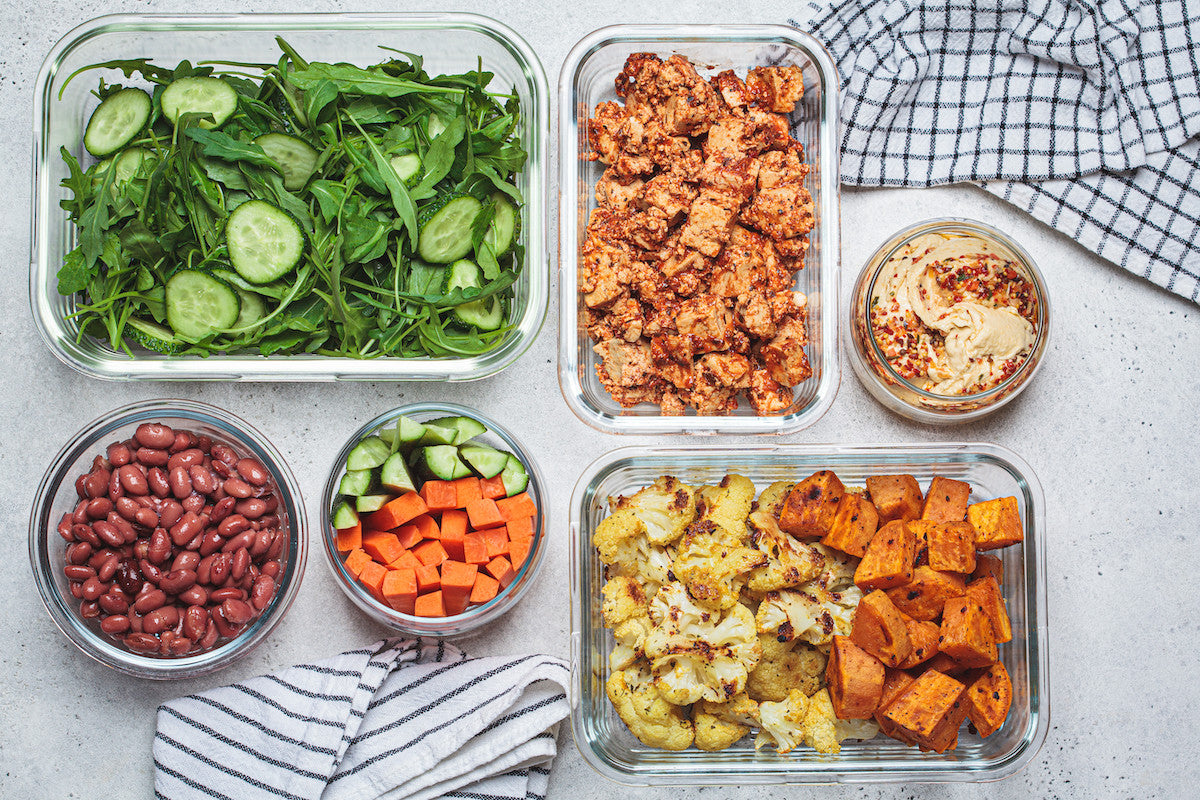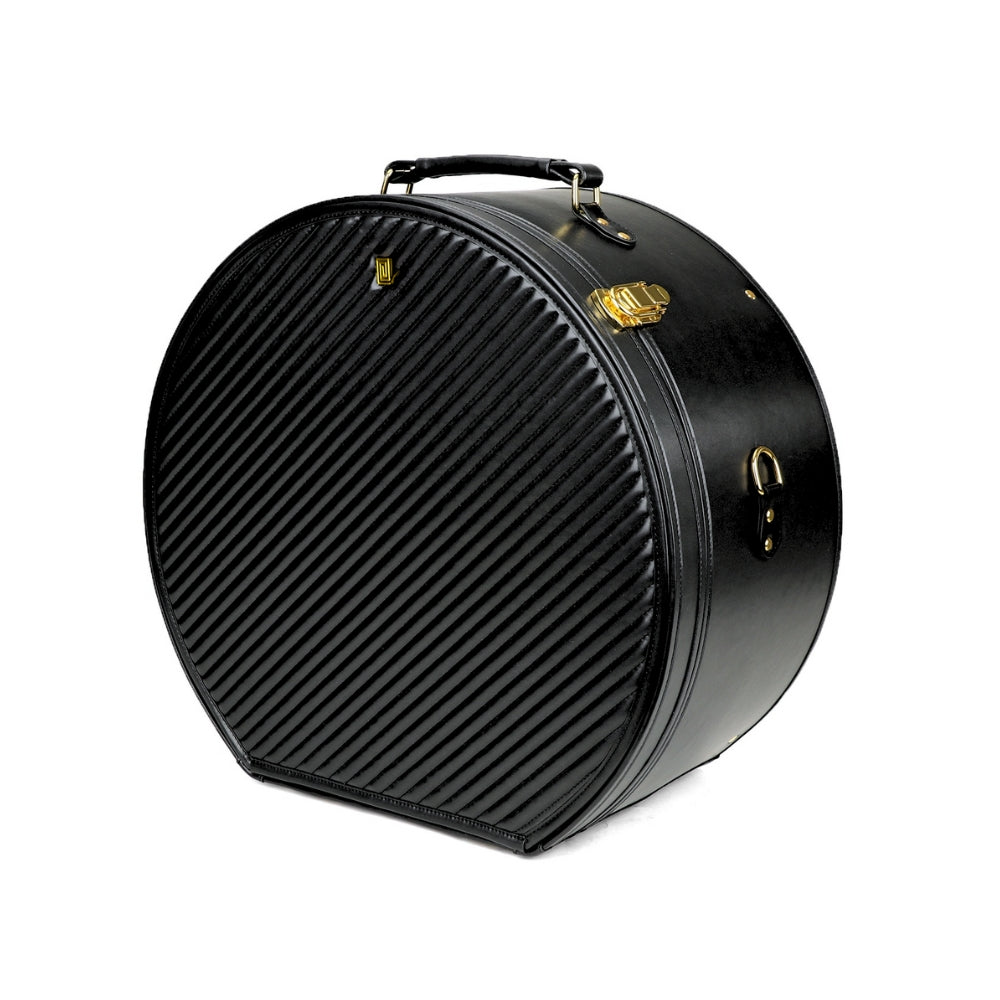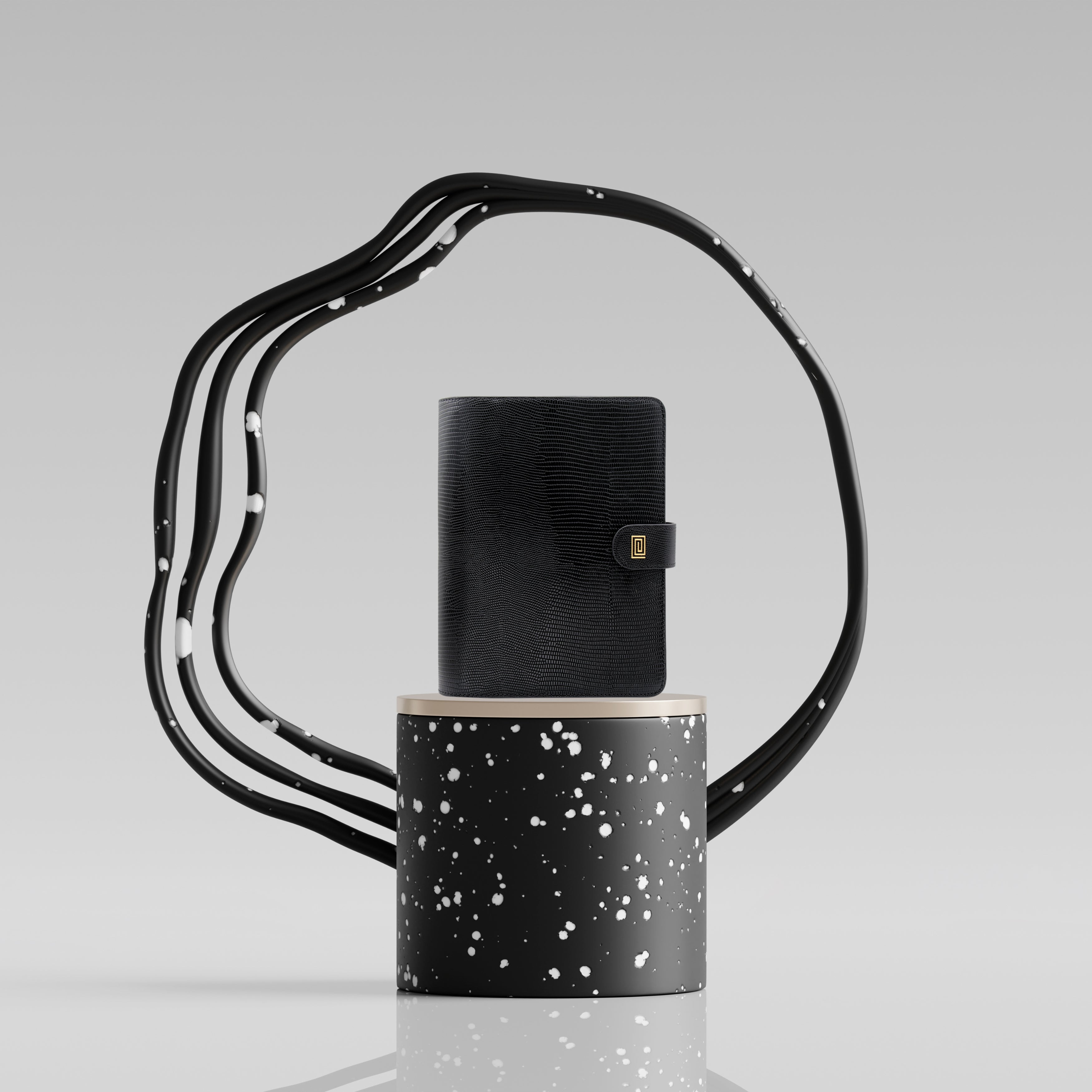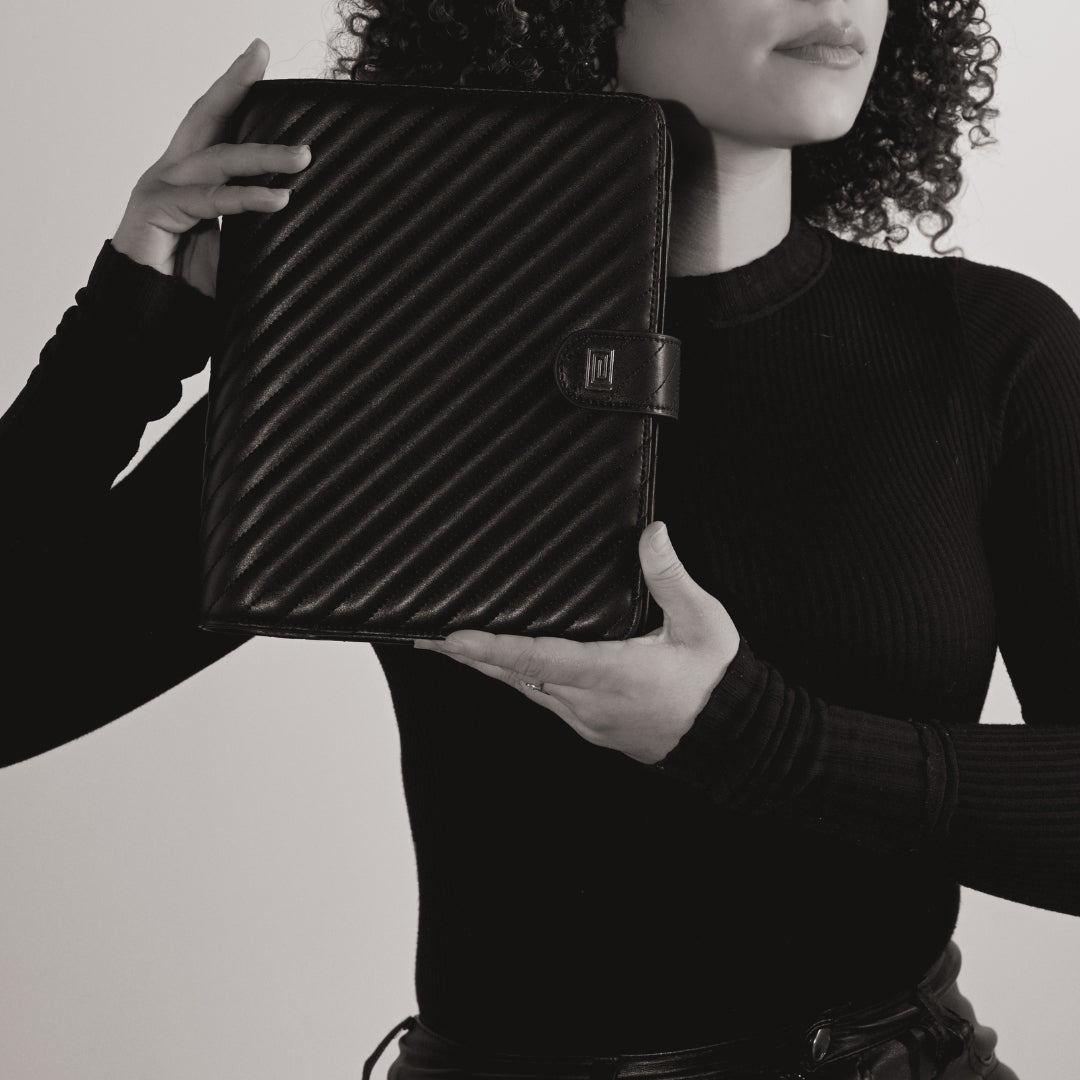
How To Meal Prep For A Healthier And Better Life

We understand that life can get really busy from working full-time, raising children, maintaining a social life, and getting in time to exercise; there's a lot of life to balance. With so much going on, it can be challenging to find the time to make quality, nutritious meals for ourselves. If you’re tired of constantly eating out or never having enough time to cook, this article is for you. Keep reading to learn how to start meal-prepping for a better life today.
Benefits Of Meal-Prepping
-
Save money and time
-
Convenient
-
Portion control for weight loss
-
Better nutrition
There are so many great benefits to weekly meal-prepping. Whether you’re looking to lose weight, save money, or save time on cooking, meal prepping is a great way to improve your health and quality of life. It also helps ensure that you are getting more nutrients in your diet. This is especially important for those with health conditions or those looking to improve their physical performance. Even if you are working on losing weight, it’s still important to make sure that you are hitting all of your daily nutritional needs.
Drawbacks Of Meal-Prepping
-
Meals aren’t freshly cooked
-
Lack of variety
-
Repetitive/food burnout
-
Others may not enjoy as much
While there are many benefits to meal-prepping, there are some drawbacks to consider. Meal-prepping can definitely be a bit of an investment and adjustment at the start. While you will initially have to put in some time and money, the rewards are definitely noticeable. This may mean setting funds aside for new food storage containers or spending a day price-checking different stores to find the most cost-efficient options. It may also take some time to get used to eating the same kind of meals every day, leaving out wiggle room for eating out on a whim. Not to mention that not everyone in your household may enjoy the same foods as everyone else.
Overall, though, meal-prepping will eventually become a part of your lifestyle, and you’ll learn what works for you and your family to build the best experience possible.
Ready To Dive In Deeper? Here’s What You’ll Need:
-
Food-safe containers
-
Meal plan
-
Ingredients

There are three main steps to meal-prepping:
Make A Meal Plan | Source Your Ingredients | Prepare Your Meals
1. Make A Meal Plan
The first step in meal-prepping is to plan ahead and research the best recipes for the week. Pinterest and Google will become your best friends for this task. There are thousands of delicious, healthy meal ideas online that are easy to follow and simple to make.
If you’re worried about your meals getting too repetitive, try having alternating meal weeks. It’s also best to stick to meals that you’ll actually eat and enjoy. When starting out, it’s not a good idea to experiment with foods you haven’t tried before, as you may end up avoiding certain meals throughout the week and be tempted to eat something else. Stick to simple, then add to the menu later.
TIP: When making your meal plan, try to find recipes that use the same ingredients to help you save money overall on your grocery trip.
2. Source Your Ingredients
The next step is to find the best ingredients for your meals. Buying in bulk is probably the easiest way to save money and ensure that you have enough for the week. While fresh ingredients are typically best, don’t be afraid to try frozen fruit and vegetables. Frozen produce is often harvested at peak ripeness, then quickly frozen to retain freshness and nutrients.
Freezing your meats and produce, in general, is a great way to save money. Purchasing value packs from places like Costco or Sam’s Club can be very cost-efficient compared to purchasing individually from smaller grocery stores. Once you have your ingredients, portion them out for the week, and freeze the rest to retain their freshness for future meals.
TIP: Anytime your favorite fruits are in-season, buy them in bulk and freeze them so you can enjoy them later during the off-season.

3. Prepare Your Meals
Now you’re ready to start cooking. Pick a day of the week that you can dedicate to preparing your meals. Most people like to meal prep on the weekend as this gives them the most flexibility to cook. During this period, you will be mass producing a week’s worth of meals and properly storing them in your fridge or freezer.
After you have finished cooking and preparing your meals, begin filling up your containers and let cool before placing in the fridge or freezer. If you’re unable to see through to tell which meals are which, feel free to label each one with the name of the meal. Alternatively, you could also label each container with the day of the week so you know what to eat and when.
TIP: Keep certain sauces separate from the main meal. For example, applying dressing to a salad too early can make it soggy by the time you are ready to eat. Condiment cups are a great way to keep sauces on the side.
Food Safety
When you are creating a large amount of food all at once, it’s important that you are properly storing everything. It’s best to ensure that you have the right containers for the job to prevent spoilage or freezer burn. If you are looking to freeze your meals, make sure that they are designed for the freezer, or invest in a food-saving machine for a tight vacuum seal.
It’s also imperative to label each container with the expiration date to ensure that you consume the contents in a timely manner. Most meals are good in the refrigerator for up to 3-4 days, while freezer meals can last for months.

BONUS MEAL-PREPPING TIPS
-
Use one-pan or one-pot meals for easy and simple dinners with minimal cleanup.
-
Keep your current lifestyle in mind when planning the sizes of your meals (ex: you may prefer a lighter breakfast and a bigger lunch.)
-
Consider making balanced meals (think about each food group and its benefits.)
-
Use a menu planner to help you create your meal plans.
-
Download a meal-prepping app to help you stay on track.
-
Prepare work lunches ahead of time with an insulated lunch bag.
Concluding Message
Don’t be afraid to try new things and make mistakes. Feel free to go slow; maybe start by preparing just one meal daily for the week. Meal prepping can take some time to get used to, but it will quickly become a part of your weekly routine. Over time, you will save a lot of money and ultimately improve your health through home-cooked meals.
Ready To Get Started? Shop NOTIQ’s Meal Prepping Essentials Below
About NOTIQ
NOTIQ {no-teek} is a global lifestyle brand empowering women and stewarding our environment with sustainable and fashionable personal organization goods and education designed to help women stand out, grow in value and become more.
Experience the brand now at notiq.com and track our environmental impact here.















Leave a comment
This site is protected by hCaptcha and the hCaptcha Privacy Policy and Terms of Service apply.